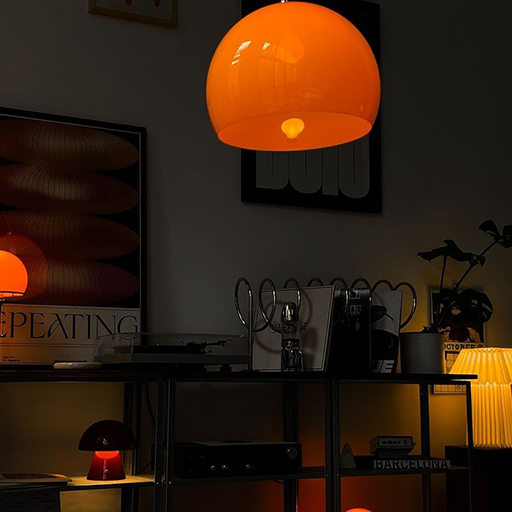By TOKO, founded by Alex and Sara.
I think we are all interior designers in our own way.
In any space that we own, rent or spend significant periods of time in, we find ways in which we can make ourselves feel more comfortable, more productive, more inspired and or more at home. And as there are so many of us on these micro quests to create spaces that some or all of the above objectives, it struck me, as it has done many others, that it is really important for us to really consider what we are putting in our ‘spaces’. Where do our belongings come from? Who made them and how? Broadly speaking, these questions are being asked of all ‘markets’ - food, fashion, technology, etc, etc. Of course, they were going to be asked about the home too.
Building Greener Interiors
I believe that to keep interior design alive, we must build greener interiors. We live in a world where resources are becoming increasingly scarce, and fortunately, people are becoming increasingly aware of it. I am no expert on economics, but I do understand that with ever-decreasing resources, we will have ever-increasing costs, which will leave less and less spare for the luxury market. The vast majority are priced out of that market anyway, and, in my opinion, it is the vast majority who deserve the greatest consideration. So, how in an economy with an ever-rising cost of living and when the greatest care and consideration needs to be taken on what’s being bought, can we provide affordable, functional, sustainable furniture & homeware to the majority of people?
TOKO: Furniture Company
These are questions that I have asked myself and continue to ask of my furniture company, ‘A TOKO’. Prior to the launch of A TOKO (in 2023), my business partner and I took a research trip back to her home country of Indonesia to meet with some of the carpenters, makers and designers of Jave & Bali. We had been recommended a couple of different artisans who were using locally sourced materials and traditional Indonesian joinery techniques to create beautiful, durable and sustainably made furniture. These are now the people who make A TOKO what it is.
We chose to work with Zaenal, Efendi, Andi, Ayub and the rest of the team because, as well as being highly skilled at their respective crafts, they shared our views on sustainability and our vision for design. It is of great importance to us that we promote the skill and creativity of those who make our furniture and the traditional techniques they use to do so; we want to help them keep these practices alive. We pay the artisans who work with us more than double what larger companies pay, and they have a seat at the table with the business decisions we make. This, to us, all forms part of the role that sustainable furniture should play in the minds of those designing new spaces, whether they are a professional interior designer or they are someone hoping to bring something new into their home.
This, however, is where things got complicated for us. Sustainability, ethical practice and responsible business models were almost always the more expensive option, thus driving up the cost of each item of our furniture. Quickly, we realised that keeping costs low is not in the least bit simple, and that was before we even approached the London retail market, where we were told ‘you must keep prices high or customers won’t trust quality’, and of course, the retailer will add 30% on top of that too. This leaves A TOKO in the mid-range of market prices. So, what about buying British? Is that the answer? The design will likely be beautiful, the quality will be of a high standard, and real thought will have gone into the practices that make it, but the price can be high...The cost of a wooden dining room chair regularly exceeds 3000 pounds. So, for the majority of people, buying sustainable, artisanal furniture made in the UK (or indeed the majority of Europe) is simply out of the question and buying sustainably elsewhere isn’t cheap. So, what else is out there?
On the other end of the spectrum, we have what’s now being described as ‘fast furniture’, where no consideration has been made towards the pay of those making it, the materials used or its durability. I did some research and frankly I’m horrified by what I found; here are some of the stats that fast furniture leaves us with: ‘currently, a quarter of UK adults are replacing their furniture at least once per year, this plays its part in the 22 million pieces of furniture that are thrown away annually (that’s a whopping great 670,000 tons of furniture)’*. There is a major problem, and fast furniture is no solution. So, to my mind, neither end of the market is capable of serving the majority of people long-term.
The Vintage Furniture Market
Which leads me on to the vintage furniture market, and I really do think that it's an excellent option for the majority of furniture buyers. Of course, you have the expensive end of that market too, but you also have the more affordable, which to me speaks of a market that can cater for a broader range of people, and in terms of carbon footprint, it can’t really be beaten. So, when building a greener home, is vintage furniture the answer to all our problems?
Personally, I hope not. Of course, I would say this, I own a furniture company, but it really is far more than that. I hope there is still room for new designs, for innovation and for people from around the world to ‘create’, and work together and to do so ethically and sustainably.


